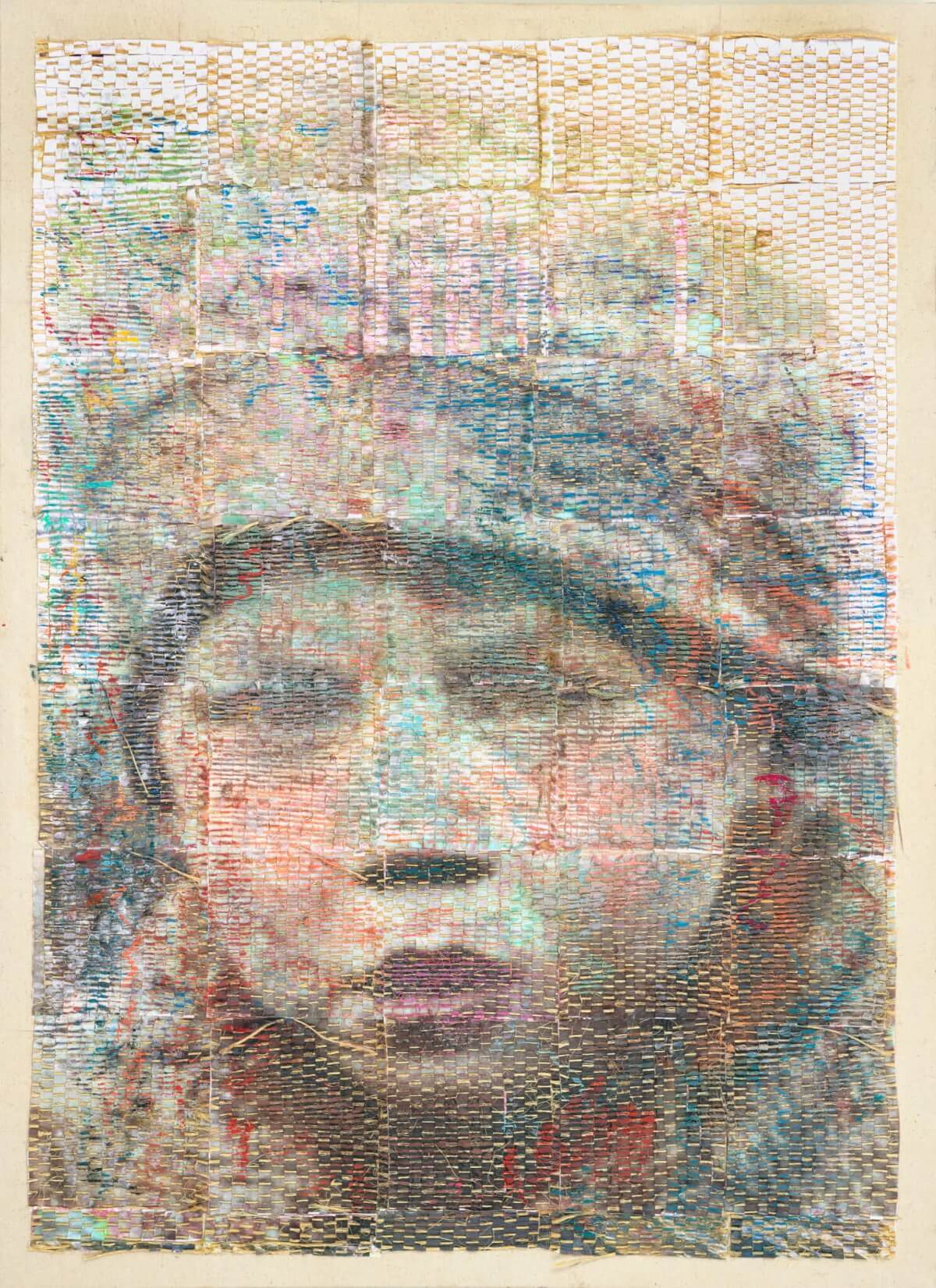According to published sources, the Metropolitan Museum of Art in New York has opted not to remove the 1938 painting Thérèse Dreaming by Balthus because it is deemed sexually provocative.
This is despite the fact that an online petition condemning the painting garnered almost 9,000 supporters.
Balthus’ favourite model and next-door neighbour Thérèse Blanchard is depicted in the picture in question, striking a suggestive position that allows her underpants to be seen.
Obviously, this is a great piece of art if it weren’t for the fact that the girl who was painted was only 12 or 13 years old at the time.
The Metropolitan Museum of Art indicated that there was no place for compromise and that Thérèse Dreaming will remain where it is and as it is for the time being, despite the petitioners’ hopes that the piece would be taken down or at least censored in some way.

Not only did Balthasar Klossowski create the controversial painting Thérèse Dreaming, but he also created other works that caused quite a bit of uproar during his lifetime. Balthus painted young women, often in suggestive situations, for almost 60 years, up to his death in 2001.
Cats, which many consider to be the artist’s totem animal, also appear frequently in his works and are sometimes seen as a representation of Balthus’s psyche.
Balthus, a mainly self-taught painter who learnt what he needed from reproducing frescoes in Italy, based so much of his practise on contentious portrayals of young girls that it seems practically every conversation about his paintings concludes with charges of perversity.
Although these accusations were always only notions, some viewers may be offended by what they perceive to be sexuality and voyeurism in Balthus’ paintings.
The current controversy over the painting is merely the most recent in a long line of contentious episodes surrounding Balthus’s work as a result of this method of working.

The Delights of Thérèse Dreaming
Although the vibrant colours and crisp lines of many of Balthus’s other paintings have faded over time, Thérèse Dreaming has lasted remarkably well.
In the year 1936, Balthus and Therese Blanchard became acquainted. Klossowski’s next-door neighbour was the daughter of a restaurant worker, and she was eleven years old.
Balthasar was so taken with the young girl that he painted ten portraits of her over the course of three years; these works are now widely regarded as some of his greatest. This series reflects the feelings of adolescence, something with which Balthasar Klossowski certainly connected.
The girl seems to be thinking deeply about something in this piece. The young man or woman, around the age of twelve or thirteen, is seen sitting in a chair, seemingly unaccompanied by anyone other than a cat.
Aside from the fact that the girl’s panties are visible due to the stance in which she is shown, there is no other evidence of a sexual nature.
New Petition Objecting to the Painting
On November 30, 2017, a New York woman named Mia Merrill began a petition to have the artwork removed. In her message, she elaborated on the protest’s justification:
The artist was known to have a thing for preteen women, and there’s good reason to believe that this picture celebrates the sexualization of a young girl. By displaying this art to the general public without offering any context, the Met may be unwittingly encouraging voyeurism and the objectification of minors.
Since its inception, the petition has garnered more than 8,600 signatures from people who appear to agree with Merrill’s position.
It’s worth noting that neither Mia Merrill nor any of the donors demanded that the artwork be “censored, destroyed, or never seen again”; they just asked that it be removed from public view or shown with a statement noting the contentious nature of the painting’s subject matter.
We’ll let you decide if it’s reasonable to hang some of the paintings in this exhibition, which may be upsetting to certain viewers, next to Balthus’ works.
The Reaction of the Metropolitan Museum of Art
Kenneth Weine, the Met’s head of public relations, reviewed the petition’s allegations before making the following statement.
At times like these, it’s important to talk about things, and visual art is one of the most powerful tools we have for doing just that, as well as for supporting the further evolution of existing cultures via thoughtful debate and appreciation of the arts.
The popular Met, however, made it clear that they have no intention of adding any textual cautions to the sculpture and that it would not be taken from the public collection.
The museum welcomes feedback on its exhibits, but its administrators did not believe the allegations against the contentious picture to be credible enough to justify removing it or limiting access to it in any manner.
Editors: Balthus, Felines, and Females
The complexity and shadowy side of childhood fascinated Balthus throughout his life, inspiring some of his most famous and enduring works.
These paintings are among the most compelling representations of childhood and adolescence ever put to canvas because of the way Balthus (1908-2001) blends intuition into the psyches of his young sitters with overt sensual longing and forbidding austerity.
Mysterious felines, perhaps representations of the artist, frequently appear in these settings. First of its kind, Balthus: Cats and Girls examines the artist’s formative years from the mid-1930s through the 1950s.
Recommend0 recommendationsPublished in Blogs








Responses